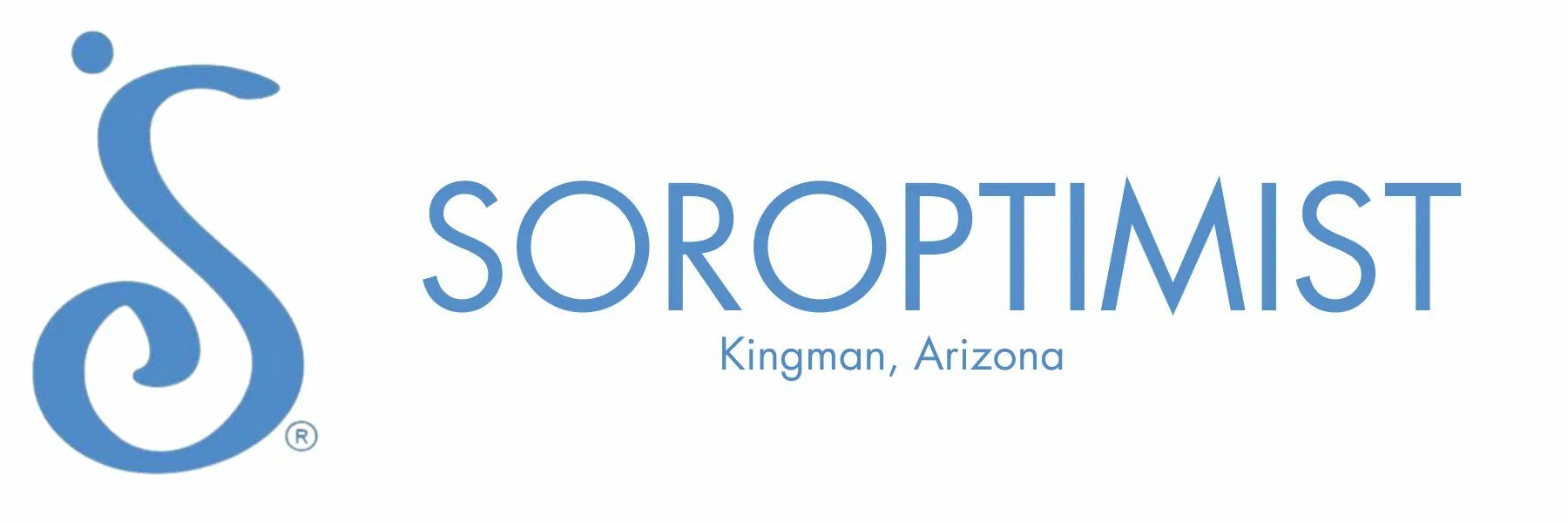
The Bureau of Reclamation has updated its monthly 24-month study projections, indicating improved hydrological conditions throughout the Colorado River Basin.
Current snowpack in the Upper Basin is nearly 140 percent of average, with a projected inflow to Lake Powell of 92 percent of average for water year 2019.
“We are pleased to see the above average snowpack conditions in the Upper Basin and the improvement in the inflow forecast for Lake Powell,” said Reclamation Upper Colorado Regional Director Brent Rhees. “Significant risks and uncertainty persist and storage at Lake Powell remains essential to the overall well-being of the basin.”
“These developments may lessen the chance of shortage in 2020,” said Reclamation Lower Colorado Regional Director Terry Fulp. “However, one near- or even above average year will not end the ongoing extended drought experienced in the Colorado River Basin and does not substantially reduce the risks facing the basin.”
Lake Mead’s elevation is projected to be 1,080.85 feet by year’s end in the 24-Month Study.
The operating tiers for Lake Powell in water year 2020 and the operating condition for Lake Mead in calendar year 2020 will be determined based on the projected conditions on January 1, 2020, as reported in the August 2019 24-Month Study.
The March 2019 24-Month Study can be accessed at https://www.usbr.gov/lc/region/g4000/24mo.pdf.











